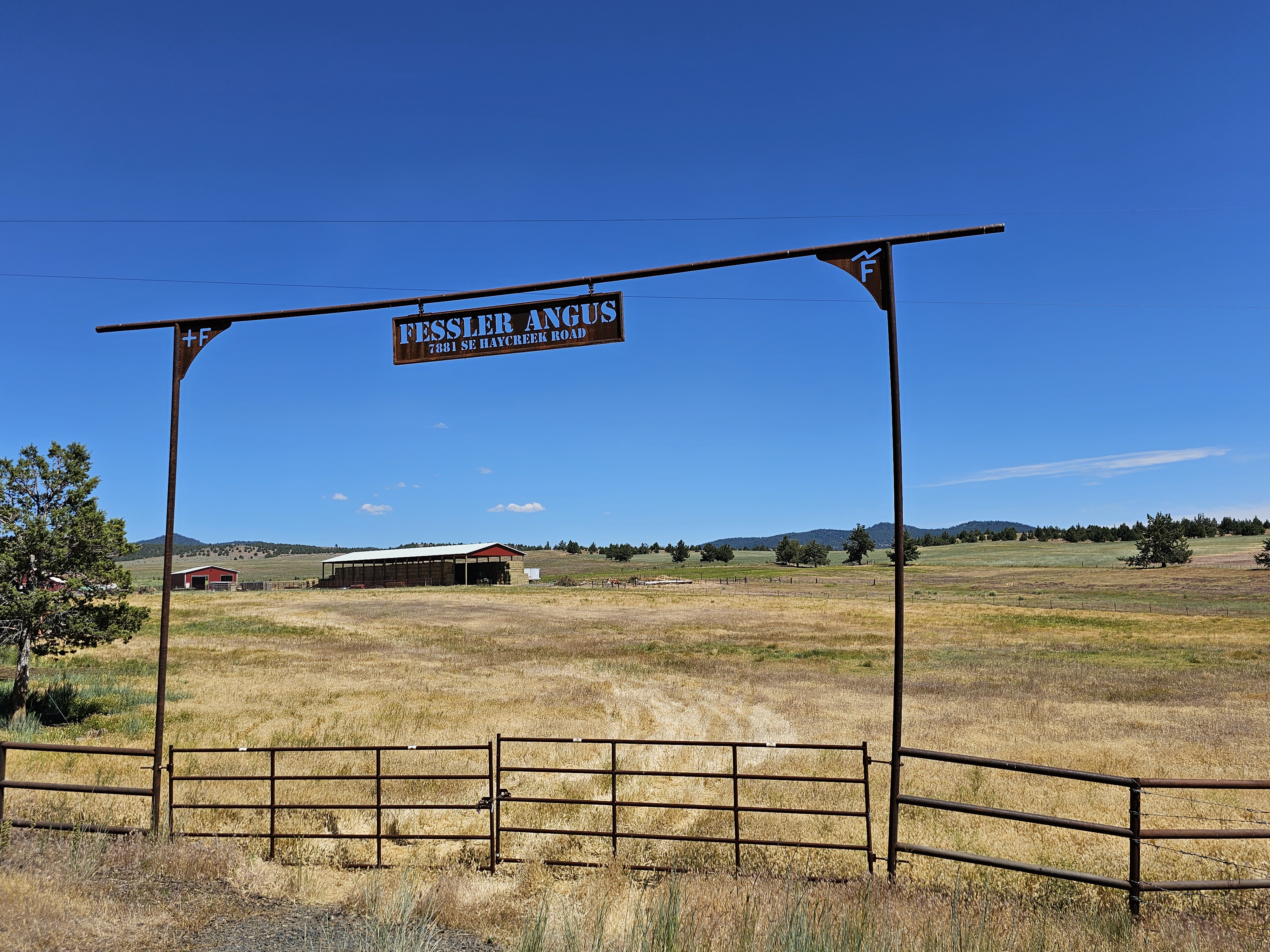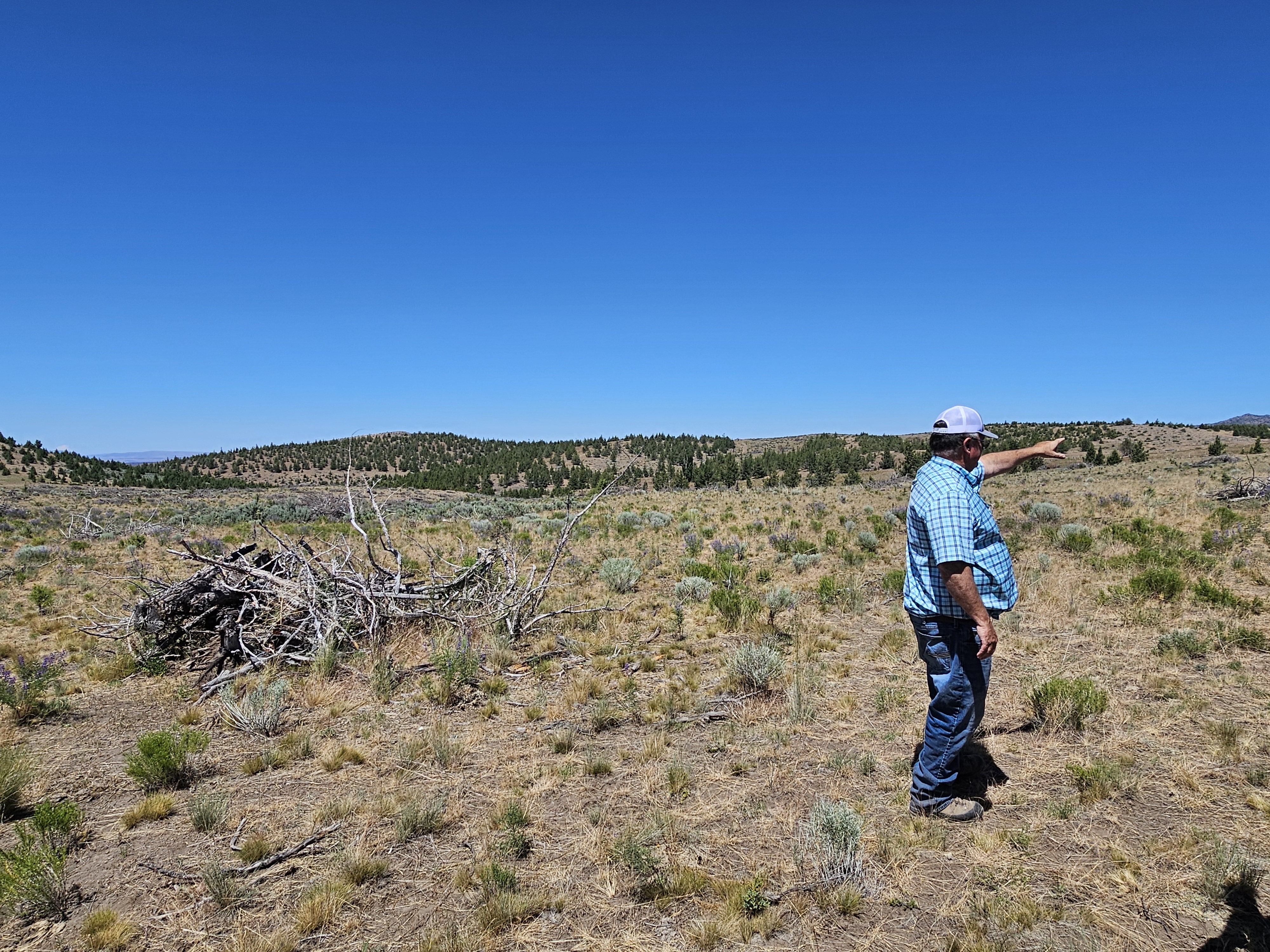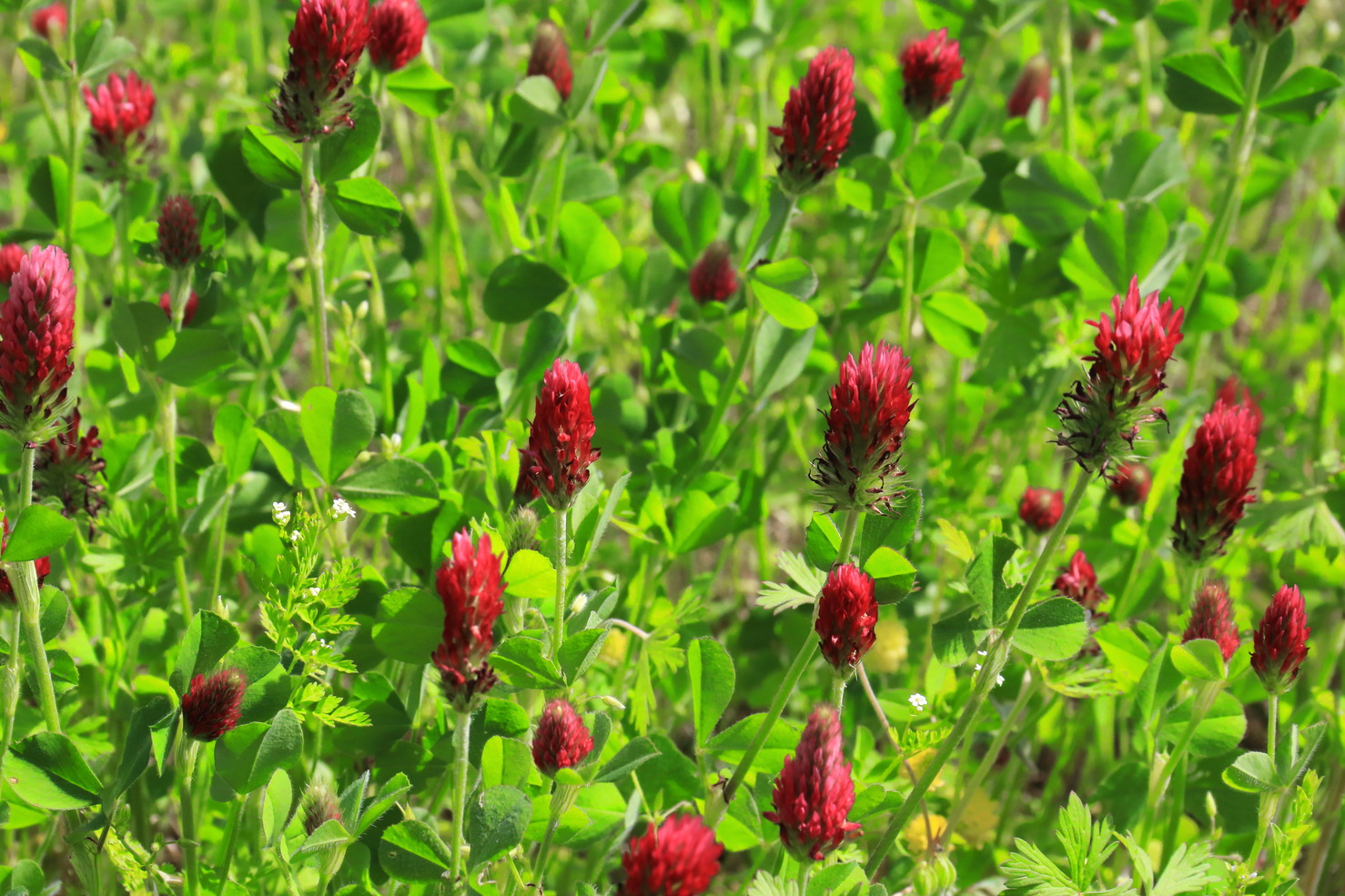Winter ranching involves unique challenges. Sometimes, it takes a great deal of effort to just keep livestock fed, watered, healthy, and warm. . Despite weather obstacles, winter presents several opportunities to enhance soil management practices. Winter is often underestimated for range and pasture improvements. Explore strategies like forage caching, supplemental feeding, and bale grazing to positively impact soil in winter. These principles benefit herd health, feed efficiency, pasture utilization, spring forage growth, and overall soil health.
1. Forage Caching
Forage caching involves growing a crop during the summer season for winter grazing. Livestock graze on this stored biomass during dormancy, providing valuable feed and energy in cold months. Supplementing the diet of ruminant animals with nitrogen allows them to extract more nutrition from lower-quality forages. This extra protein encourages livestock to graze further, giving managers the flexibility to rest pastures during critical growing seasons and benefit from prescribed animal impact on extra grazing days.
2. Supplemental Feeding
Strategic supplemental feeding can increase distribution in parts of pastures that are underutilized. This prevents overgrazing in concentrated areas, minimizing compaction, erosion, and future forage productivity issues. Leaving sufficient standing litter after grazing is crucial for plant protection and provides additional spring soil moisture. Thoughtful placement of hay or feed reduces soil compaction and encourages uniform forage utilization.
3. Bale Grazing
Bale grazing can be used as a tool to create more uniform distribution of manure and urine. This enhances nutrient cycling, benefiting spring forage growth. Residual forage, often called waste hay, nourishes underground microbes, promoting nutrient absorption by plant roots. The untouched hay, spread by hoof action, becomes natural ground cover, providing habitat for beneficial biology and improving infiltration and water holding capacity. In addition, some seeding of beneficial forage occurs as seeds in the bales are carried by livestock, enhancing biodiversity. Adding organic matter and beneficial biology through bale grazing proves effective for improving various soil issues.
Viewing a herd as a tool and winter feed as a land resource transforms essential winter work into soil regeneration opportunities. Addressing the root cause and working with nature, rather than against it, brings long-term ease. Managing grazing distribution through supplemental feeding is a cost-effective way to enhance both herd and soil health. Winter livestock management systems offer room for new ideas and experimentation, potentially leading to improved feed, soil, and reduced cold exposure. Remember, plants and soil, like livestock and humans in agriculture ecosystems, also need care and rest.




